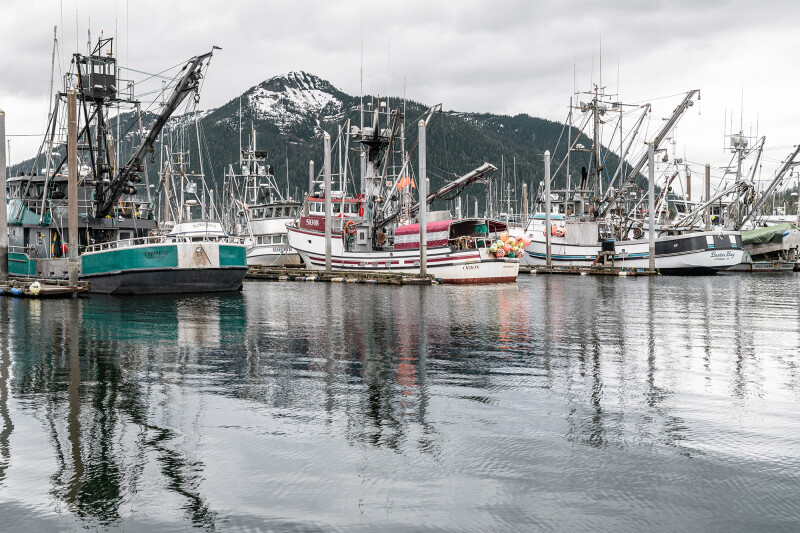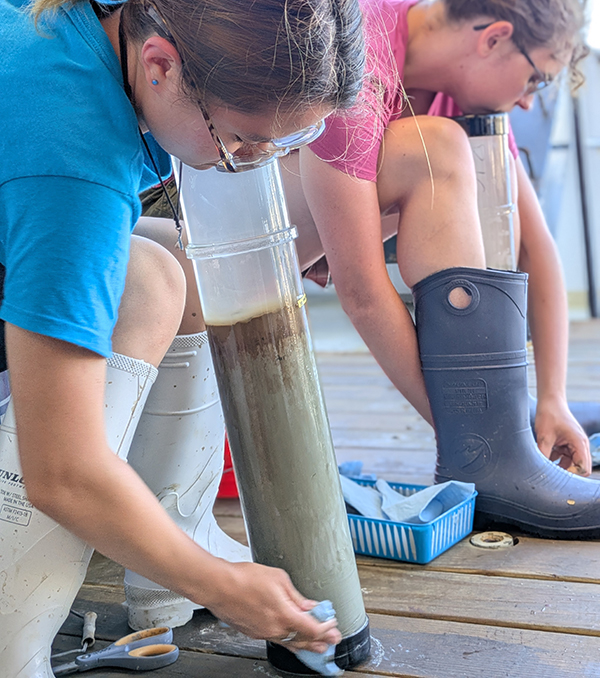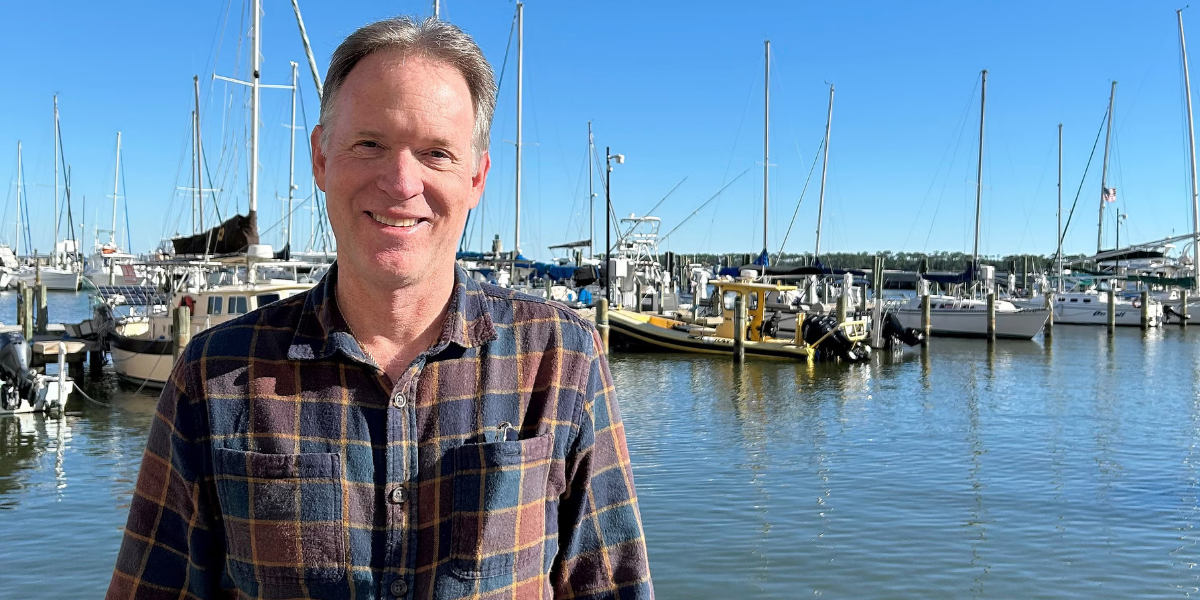Maine community gathers to honor fishermen lost at sea – National Fisherman

Report on Maine Commercial Fishing Remembrance Day and its Alignment with Sustainable Development Goals
Introduction
A commemorative ceremony was held in Lubec, Maine, on July 21, 2025, to honor commercial fishermen lost at sea. This event, coinciding with Governor Janet Mills’ proclamation of Maine Commercial Fishing Remembrance Day, highlights critical issues of occupational safety, community well-being, and institutional governance. This report analyzes the event’s proceedings and underlying community tensions through the framework of the United Nations Sustainable Development Goals (SDGs), particularly SDG 8 (Decent Work and Economic Growth), SDG 3 (Good Health and Well-being), SDG 11 (Sustainable Cities and Communities), and SDG 16 (Peace, Justice and Strong Institutions).
Event Proceedings and Institutional Recognition
Commemorative Ceremony
Dozens of community members, including fishermen and their families, gathered at the Lost Fishermen’s Memorial in Lubec. The event, organized by Green and White Hope Inc., served as a formal tribute to fishermen whose names are inscribed on the monument and others lost to the sea. The ceremony included:
- A formal presentation of the colors by the Maine Marine Patrol Honor Guard.
- Addresses from key stakeholders in Maine’s maritime and fishing sectors.
- The honoring of recently lost fishermen Tylar Michaud, Jaxson Marston, Alton Wallace, Dwayne Alley, Chester Barrett, and Aaron Barrett.
Official Proclamation and Stakeholder Remarks
A central component of the event was the announcement of Governor Janet Mills’ proclamation designating July 21 as Maine Commercial Fishing Remembrance Day. Speakers emphasized the profound and lasting impact of loss on the community. Carl Wilson, Commissioner of the Maine Department of Marine Resources (DMR), stated, “We should never forget those who gave their lives to this calling… when one fisherman is lost, we all grieve.” Monique Coombs of the Maine Coast Fishermen’s Association added, “Fishing is not just a job. It’s a way of life — one that shapes families, towns, and generations.”
Analysis through Sustainable Development Goals (SDGs)
SDG 8: Decent Work and Economic Growth
The ceremony underscores the critical importance of Target 8.8: “Protect labour rights and promote safe and secure working environments for all workers.” Commercial fishing remains one of the most hazardous occupations, and the memorial is a testament to this reality.
Key Initiatives for Worker Safety:
- Maine DMR Commercial Fishing Safety Council: Commissioner Wilson affirmed the council’s ongoing commitment to enhancing safety through improved training, education, and outreach programs for fishermen.
- Partnership Engagement: The participation of organizations such as Fishing Partnership Support Services and REDDE Marine Safety Systems highlights a multi-stakeholder approach to improving occupational safety within the industry.
Ensuring the safety of fishermen is fundamental to the economic sustainability of coastal communities that depend on the fishing industry, directly supporting the broader aims of SDG 8.
SDG 3 & SDG 11: Well-being and Sustainable Communities
The event directly addresses SDG 3 (Good Health and Well-being) and SDG 11 (Sustainable Cities and Communities) by providing a platform for collective mourning and reinforcing social cohesion.
Community Impact:
- Mental Health and Well-being (SDG 3): The ceremony serves as a vital community support mechanism, allowing families and peers to process grief collectively. Monique Coombs’ reflection on the “quiet worry” carried by fishing families illustrates the significant mental health burden associated with the profession.
- Community Resilience (SDG 11): The gathering reinforces the interdependent nature of Maine’s coastal towns. The sentiment that a loss “ripples through all of us on shore” demonstrates the strong social fabric that is essential for community resilience and sustainability. The future of the industry, as noted by Coombs, is carried by “young people who love the ocean,” linking the well-being of individuals directly to the sustainability of the community and its relationship with marine resources (SDG 14: Life Below Water).
SDG 16: Peace, Justice and Strong Institutions
A significant controversy reported at the event highlights challenges related to Target 16.7: “Ensure responsive, inclusive, participatory and representative decision-making at all levels.”
Institutional Conflict and Justice:
The decision by the Lubec Fishermen’s Memorial Committee, reportedly composed of non-fishermen, to exclude Chester and Aaron Barrett from the memorial has caused significant distress within the fishing community. The father and son were lost while transiting between scallop grounds with gear on board.
- Lack of Inclusive Representation: The committee’s decision was perceived by the fishing community as unjust and unrepresentative of the realities of the profession, leading to public outrage and calls for correction.
- Call for Accountability: Event organizer Liz Michaud expressed a commitment to “right this wrong,” stating the decision “put a shadow on the monument that doesn’t need to be there.” This reflects a grassroots demand for accountability and integrity from a local institution, aligning with the principles of SDG 16.
1. Which SDGs are addressed or connected to the issues highlighted in the article?
-
SDG 8: Decent Work and Economic Growth
- The article’s central theme is the danger inherent in the commercial fishing industry, focusing on the “fishermen lost at sea.” This directly relates to the goal of ensuring safe and secure working environments for all workers. The narrative revolves around the occupational hazards that lead to fatalities, highlighting a critical issue in decent work.
-
SDG 14: Life Below Water
- The article focuses on the well-being and sustainability of the commercial fishing community, which is intrinsically linked to the health of marine ecosystems. It describes fishing as “a way of life — one that shapes families, towns, and generations,” emphasizing the human dimension of marine resource use. Supporting these communities, particularly small-scale fishers, is a key aspect of sustainably managing marine life.
2. What specific targets under those SDGs can be identified based on the article’s content?
-
Target 8.8: Protect labour rights and promote safe and secure working environments for all workers, including migrant workers, in particular women migrants, and those in precarious employment.
- The article directly addresses this target by highlighting the ultimate failure of a safe working environment: the death of workers. Commercial fishing is a form of precarious employment, and the ceremony for “fishermen lost at sea” underscores the risks involved. The mention that the “DMR’s Commercial Fishing Safety Council will continue to guide efforts to improve safety training, education, and outreach” is a direct response aimed at achieving this target.
-
Target 14.b: Provide access for small-scale artisanal fishers to marine resources and markets.
- While the article does not discuss market access, it focuses on the fundamental viability and safety of the small-scale fishing community. The existence of support systems like the “Maine Coast Fishermen’s Association” and “Fishing Partnership Support Services” represents an institutional framework that supports these fishers. The article’s emphasis on the community’s grief and the need to protect “young people who love the ocean, who grow up working hard alongside their families, who carry the future of this industry in their hands” aligns with the goal of securing the livelihoods of small-scale fishers, which is a prerequisite for them to access resources and markets.
3. Are there any indicators mentioned or implied in the article that can be used to measure progress towards the identified targets?
-
Indicator 8.8.1: Frequency rates of fatal and non-fatal occupational injuries, by sex and migrant status.
- The article provides qualitative evidence for this indicator. The “Lost Fishermen’s Memorial” with names “etched in stone” is a registry of fatal occupational injuries. The specific mention of recently lost fishermen—”Tylar Michaud, Jaxson Marston, Alton Wallace, and Dwayne Alley,” as well as “Chester and Aaron Barrett”—serves as a direct account of these fatalities. The efforts of the “Commercial Fishing Safety Council” to improve safety training are aimed at reducing this frequency rate.
-
Implied Indicator: Existence and actions of institutional frameworks supporting small-scale fishing communities.
- The official indicator for Target 14.b relates to legal and policy frameworks. The article implies progress through the presence and actions of various support institutions. It names several organizations working to support the fishing community, including the “Maine Department of Marine Resources (DMR),” the “Maine Coast Fishermen’s Association,” “Fishing Partnership Support Services,” and “REDDE Marine Safety Systems.” Furthermore, the governor’s official “proclamation of July 21, 2025, as Maine Commercial Fishing Remembrance Day” is a formal institutional action that recognizes and supports the community.
4. Table of SDGs, Targets, and Indicators
| SDGs | Targets | Indicators |
|---|---|---|
| SDG 8: Decent Work and Economic Growth | Target 8.8: Protect labour rights and promote safe and secure working environments for all workers… and those in precarious employment. | Indicator 8.8.1: The article provides qualitative data on fatal occupational injuries through the memorial for “fishermen lost at sea” and the naming of specific individuals lost. |
| SDG 14: Life Below Water | Target 14.b: Provide access for small-scale artisanal fishers to marine resources and markets. | Implied Indicator: The existence and actions of institutional support systems such as the “Maine Coast Fishermen’s Association,” “Fishing Partnership Support Services,” and the “DMR’s Commercial Fishing Safety Council.” |
Source: nationalfisherman.com

What is Your Reaction?
 Like
0
Like
0
 Dislike
0
Dislike
0
 Love
0
Love
0
 Funny
0
Funny
0
 Angry
0
Angry
0
 Sad
0
Sad
0
 Wow
0
Wow
0












































































